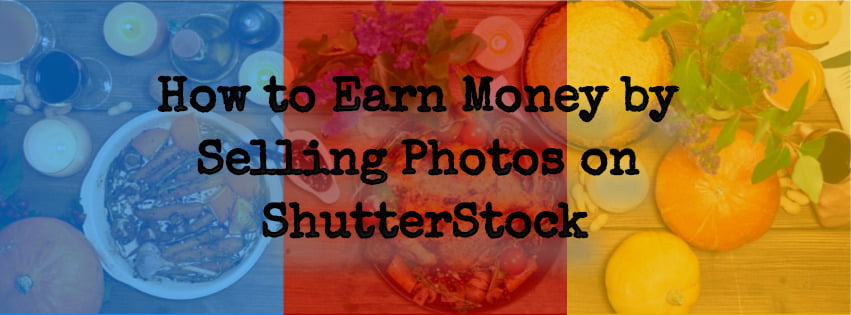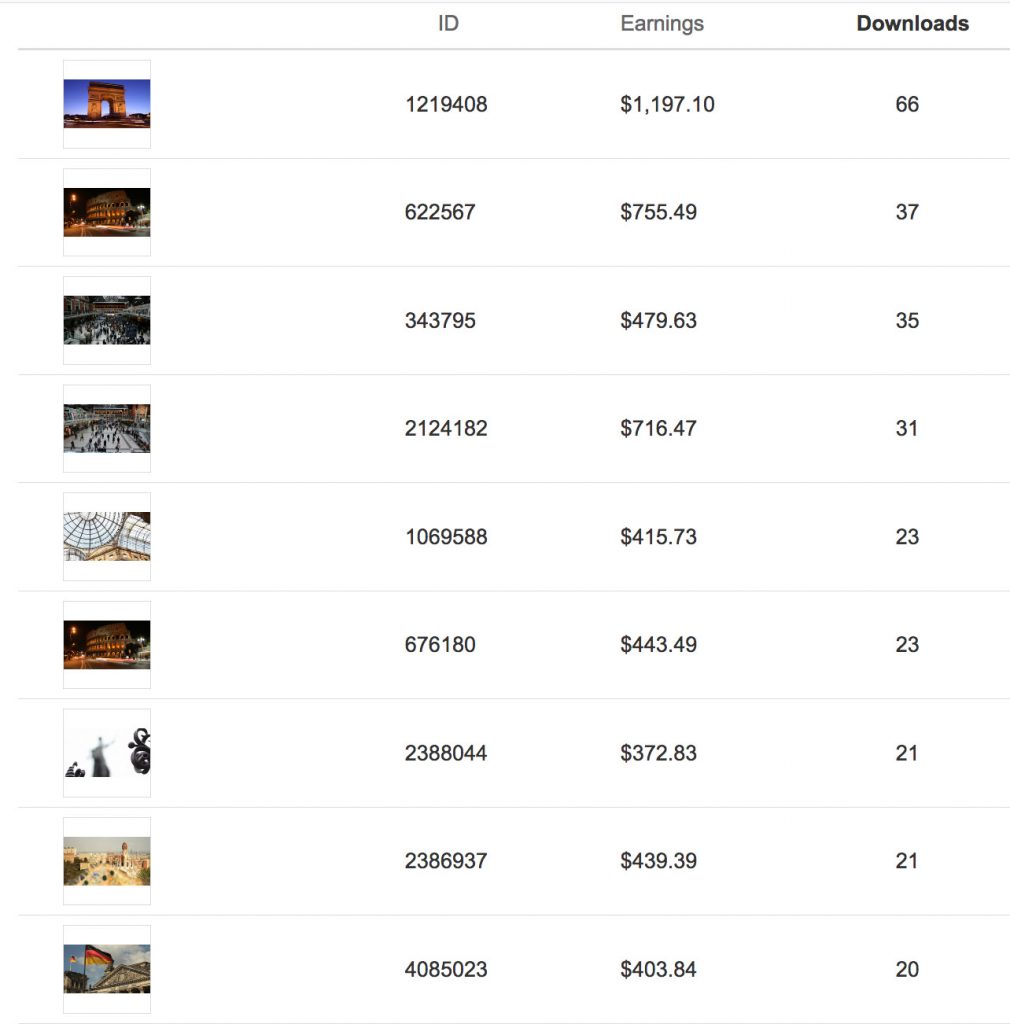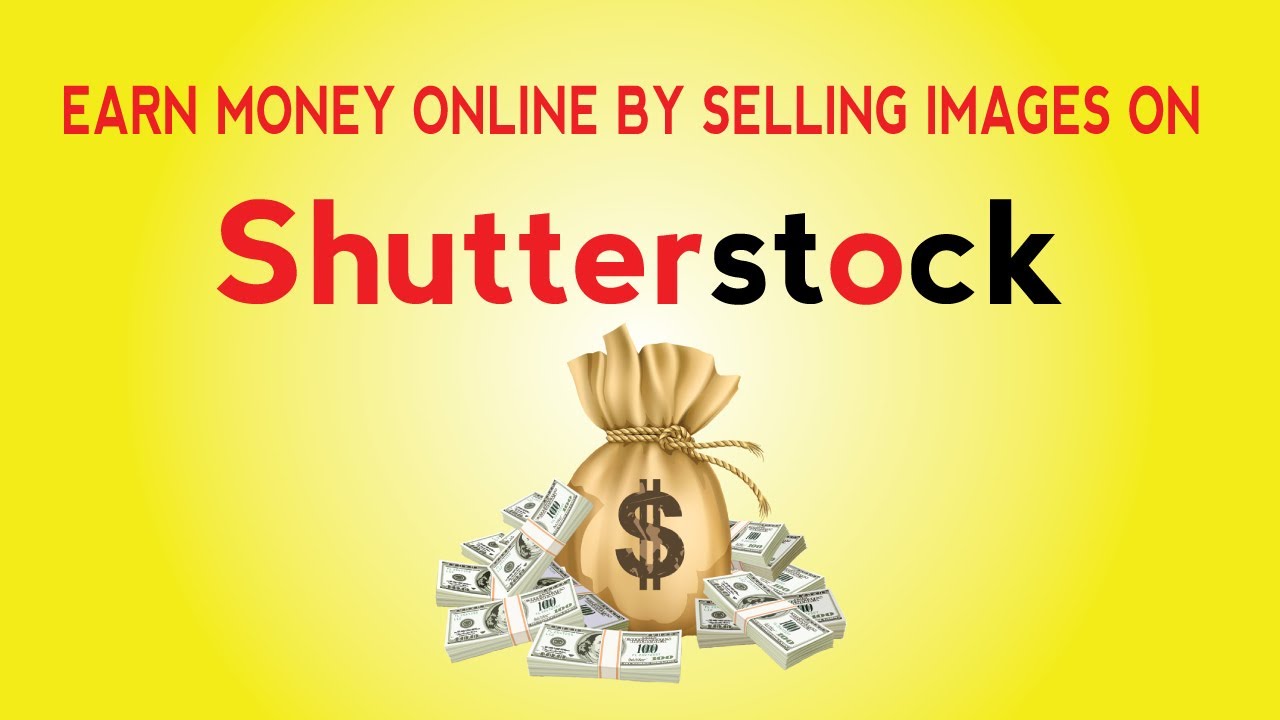If you’re an artist or graphic designer dreaming of turning your creative passion into a source of income, Shutterstock might just be the platform for you. Selling illustrations on Shutterstock offers a fantastic opportunity to reach a global audience and earn passive income from your work. Whether you’re just starting out or already have a portfolio of stunning images, understanding how the platform works can help you maximize your earnings. In this post, we’ll explore how much money you can realistically make selling your illustrations on
Understanding Shutterstock’s Revenue Model for Illustrators

Shutterstock operates on a royalty-based model, meaning you earn a percentage of each sale of your illustrations. But how exactly does this work, and what influences your earnings? Let’s break it down in a friendly, straightforward way.
Royalty Rates and Earnings
When you upload your illustrations to Shutterstock, they are made available for license to users around the world. Each time someone downloads your image, you earn a royalty fee. The amount you make depends largely on your contributor level, the type of license purchased, and your total lifetime earnings.
| Contributor Level | Royalty Percentage | Additional Notes |
|---|---|---|
| Standard | 15% – 30% | Based on lifetime earnings; higher earnings unlock higher percentages. |
| Enhanced | 30% – 40% | Achieved after reaching certain earning milestones. |
| Exclusive | Up to 60% | Available if you choose to sell exclusively through Shutterstock, often with higher potential earnings. |
Factors Affecting Your Income
- Number of Downloads: More downloads mean more earnings.
- Type of License: Standard licenses typically pay less than enhanced licenses, but are more common.
- Contributor Level: As you earn more on the platform, you unlock higher royalty tiers.
- Exclusive vs. Non-Exclusive: Selling exclusively on Shutterstock can boost your earning potential, but limits your options elsewhere.
It’s also worth noting that Shutterstock offers a royalty calculator on their site, which can help you estimate potential earnings based on your upload volume and download rates. While some illustrators earn only a few dollars per month, others with high-quality, popular images can generate a significant passive income stream. The key is consistency, quality, and understanding the platform’s earning structure.
In summary, your earnings on Shutterstock depend on multiple factors, but with dedication and strategic uploads, it’s possible to turn your illustrations into a steady income source. Now, let’s dive deeper into what you can do to maximize your earnings and build a successful portfolio.
Factors Influencing Your Earnings from Selling Illustrations

Thinking about diving into the world of selling illustrations on Shutterstock? Great choice! But before you get too excited, it’s important to understand that your earnings aren’t just a fixed number—they’re influenced by several factors. Knowing these can help you strategize better and make more informed decisions about your artwork.
First off, the quality of your illustrations plays a huge role. Shutterstock and other stock platforms prioritize high-quality, original, and visually appealing images. If your illustrations are sharp, well-composed, and relevant, they’re more likely to be downloaded and purchased. Think of it like selling a product: the better the quality, the more attractive it is to buyers.
Next, the volume of your portfolio matters. The more illustrations you upload, the higher the chances of earning. A large, diverse portfolio increases your visibility and gives buyers more options, which can lead to more downloads. However, quality should never be sacrificed for quantity—balancing both is key.
Another significant factor is the relevance and trending nature of your illustrations. Keeping up with current design trends, seasonal themes, or popular topics can boost your sales. For example, illustrations related to current events, holidays, or emerging industries tend to get more attention.
Licensing and subscription models on Shutterstock also impact your income. Shutterstock offers different licensing options, like standard and enhanced licenses, which come with different payout rates. Additionally, customers can access images through subscription plans or on-demand purchases, affecting how much you earn per download.
Lastly, your contributor level and reputation can influence earnings. Shutterstock rewards consistent contributors with higher payout rates as they build their reputation. Engaging actively, adhering to platform guidelines, and providing high-quality work can help you climb the contributor ladder, leading to better earnings over time.
In summary, your earnings are shaped by a mix of the quality and quantity of your illustrations, their relevance, licensing options, and your contributor status. Focusing on these areas can help you maximize your earning potential on Shutterstock.
How to Maximize Your Income from Shutterstock Illustrations

If you’re serious about turning your illustrations into a steady income stream, then you’ll want to employ some smart strategies to maximize your earnings. Luckily, a few simple steps can make a big difference in how much you earn over time.
First, focus on creating high-demand content. Spend some time researching what buyers are looking for. Think about popular themes like business, technology, health, travel, or seasonal events. Use tools like Shutterstock’s trending page or Google Trends to spot current popular topics. Creating illustrations that meet these needs increases your chances of sales.
Second, optimize your keywords and descriptions. When uploading, use clear, descriptive, and relevant keywords. This helps your illustrations get found when users search. Be specific—include details like style, color, and intended use. The better your metadata, the more visibility you’ll gain.
Third, maintain a consistent upload schedule. Regularly adding new illustrations keeps your portfolio fresh and signals activity to Shutterstock’s algorithms. It also increases your chances of being featured or recommended to buyers.
Fourth, diversify your portfolio. Don’t just stick to one style or subject. Create a variety of illustrations—vector graphics, icons, backgrounds, characters, etc. This broadens your appeal and attracts different customer segments.
Fifth, stay updated with platform guidelines and trends. Adhering to Shutterstock’s quality standards and avoiding issues like copyright infringement ensures you don’t get your account penalized or your work rejected. Plus, staying current with design trends keeps your work relevant and attractive.
| Strategy | Benefit |
|---|---|
| Creating high-demand content | Increases sales potential |
| Optimizing keywords | Improves discoverability |
| Regular uploads | Boosts visibility and ranking |
| Diversifying portfolio | Attracts wider audience |
| Staying updated | Ensures relevance and compliance |
Finally, consider building your personal brand outside of Shutterstock. Share your work on social media, create a website or portfolio, and engage with communities of designers and illustrators. This can lead to more exposure and potential clients beyond stock sales.
By applying these strategies, you’ll not only increase your income but also develop a sustainable and rewarding illustration business on Shutterstock. Happy creating!
Tips for Creating Marketable and High-Quality Illustrations

If you’re aiming to make a good income selling illustrations on Shutterstock, it’s essential to produce work that catches the eye and meets market demands. Here are some practical tips to help you create marketable and high-quality illustrations:
- Research Trending Topics: Stay updated on what’s popular. Browse Shutterstock’s trending images and categories like technology, lifestyle, or business to understand what buyers are looking for.
- Focus on Clarity and Simplicity: Clear, simple illustrations often perform better because they’re versatile and easy to understand. Think minimalistic designs that can be used in various contexts.
- Maintain Consistent Style: Develop a unique style or theme for your illustrations. Consistency helps build your brand and makes your portfolio recognizable.
- Use High-Quality Tools: Invest in good software like Adobe Illustrator or Photoshop. Sharp lines, vibrant colors, and well-executed details make your work stand out.
- Pay Attention to Details: Small details can make a big difference. Ensure your illustrations are polished — no rough edges or awkward proportions.
- Optimize for Keywords: Think about how buyers will search for your work. Use relevant keywords in your descriptions and titles to improve discoverability.
- Diversify Your Portfolio: Create a wide variety of illustrations covering different themes, styles, and formats. This increases your chances of sales across various categories.
Remember, quality always trumps quantity. Focus on making each illustration the best it can be, and you’ll increase your chances of earning more on Shutterstock.
Real-Life Examples of Earnings from Shutterstock Contributors
Curious about how much you can actually earn selling illustrations on Shutterstock? Let’s look at some real-life examples from contributors who’ve been in the game for a while. Keep in mind, earnings vary based on factors like portfolio size, image quality, niche, and active promotion.
Here are a few illustrative cases:
| Contributor | Number of Approved Illustrations | Annual Earnings | Notes |
|---|---|---|---|
| Jane D. | 150 images | $2,500 | Focuses on minimalistic icons and lifestyle illustrations. Consistent uploads and keyword optimization helped her grow steadily. |
| Mike R. | 300 images | $5,000 | Specializes in tech and business illustrations. His work is frequently purchased for website and marketing use. |
| Sophia L. | 500 images | $12,000 | Has a diverse portfolio covering various themes. She also promotes her work on social media, which drives additional sales. |
These examples show that earnings can scale with the size and quality of your portfolio. Some contributors earn just a few hundred dollars annually, especially when starting out, while others with extensive, well-optimized portfolios can make thousands per year. Remember, persistence and continuous improvement are key.
So, don’t be discouraged if your initial earnings are modest. As you build your portfolio, refine your craft, and learn what buyers want, your income potential on Shutterstock can grow significantly!
Conclusion: Is Selling Illustrations on Shutterstock Worth It?
Deciding whether to sell your illustrations on Shutterstock depends on your goals, effort, and expectations. Shutterstock offers a platform with a vast global audience, making it possible to generate passive income over time. Many contributors have found success earning a steady stream of royalties, especially if they consistently upload high-quality, in-demand artwork.
However, it’s important to recognize the challenges. The competition is fierce, with thousands of artists vying for attention, and earning potential varies widely based on factors such as the uniqueness of your work, keyword optimization, and licensing options. While some illustrators make a significant income, others earn only modest amounts, often in the range of a few dollars per month per image.
To maximize your earnings, consider the following:
- Consistency: Regularly upload new content to keep your portfolio active and relevant.
- Quality: Focus on creating original, high-resolution, and versatile illustrations.
- Keyword Optimization: Use relevant tags and descriptions to improve discoverability.
- Niche Focus: Specialize in popular or underserved categories to stand out.
Ultimately, selling illustrations on Shutterstock can be a worthwhile venture if you are committed to building your portfolio, optimizing your submissions, and viewing it as a long-term passive income stream. While it may not make you rich overnight, it can be a valuable supplement to your creative endeavors and a way to monetize your artistic skills.


